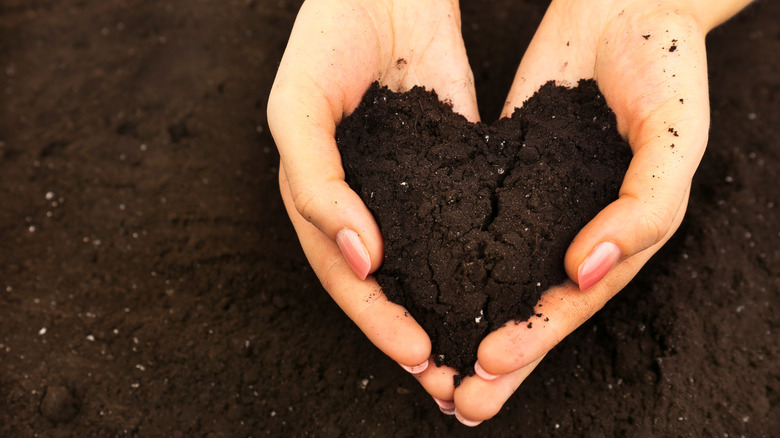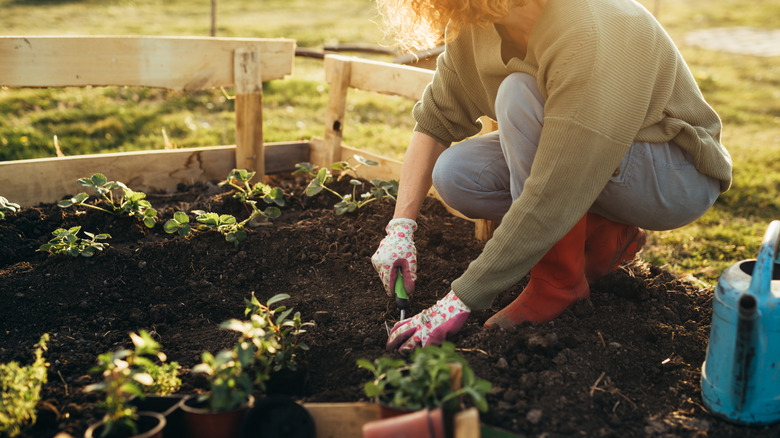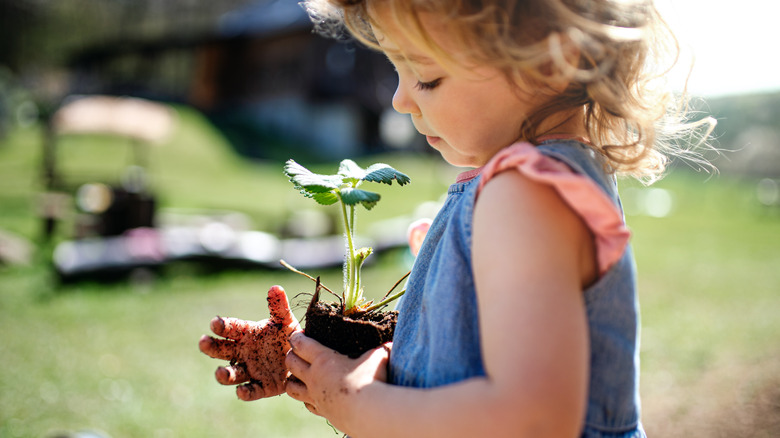What Is Low-Carbon Gardening? You'll Have Fun While Saving The Environment
Low-carbon gardening focuses on reducing carbon emissions and minimizing environmental impact by using sustainable practices. The main goal of this movement is to create environmentally friendly gardens that support biodiversity, soil health, and water conservation, and help keep the ecosystem in balance. Low-carbon gardening focuses on using native plants that require less maintenance, attract wildlife, and promote biodiversity. Adding trees and making homemade compost further contribute to a sustainable garden by absorbing carbon dioxide and enriching the soil.
Embracing eco-friendly practices like xeriscaping and no-till techniques helps preserve soil health and minimize erosion. Swapping concrete for greenery and practicing urban gardening on rooftops or balconies maximizes underused spaces and promotes an environmentally friendly urban environment. Low-carbon gardening not only reduces your carbon footprint but also provides the opportunity for personal growth by connecting with nature. On top of that, getting your hands dirty is fun and good for your mind and body.
How to create a low-carbon garden
One of the key principles of low-carbon gardening is the use of native plants. These plants require less maintenance, reducing the need for excessive watering, fertilizers, and pesticides. Moreover, native plants have the added benefit of attracting local wildlife, including pollinators and beneficial insects, which promotes biodiversity in your garden. Adding trees is also considered to be a low-carbon action because these green giants absorb carbon dioxide, provide shade for other plants (and people), and create habitats for local wildlife. Making your own compost is easy to do and also more sustainable than purchasing it from the store. This biodegradable organic matter enriches the soil with valuable nutrients and improves water retention. Adding worms through vermicomposting levels up your compost by boosting the levels of nitrogen, phosphorus, and potassium in the compost itself.
Adopting eco-friendly gardening practices like xeriscaping, no-till, and no-dig techniques is crucial for creating a low-carbon garden. These methods play a vital role in preserving soil integrity and structure, minimizing soil erosion, and promoting the long-term health of the soil. Another simple yet effective tip for low-carbon gardening is to swap out concrete for greenery, like native grasses and drought-resistant plants. Additionally, getting curious about rooftop or balcony gardening is an effective way to utilize underused spaces, which contributes to a more environmentally friendly urban environment.
It's good for the planet and for you, too
Low-carbon gardening allows you to connect with nature, appreciate its beauty, and experience inner peace. It also fosters continuous learning and personal growth by deepening your understanding of nature and the role you play in the world. By actively participating in low-carbon gardening, you become an agent of positive change, reducing your carbon footprint and contributing to a more sustainable future. If you're waiting for your garden to get going, purchasing your produce from local farms also reduces your carbon footprint and is considered to be a form of low-carbon gardening.
Engaging in outdoor gardening brings numerous health benefits, including the stimulation of vitamin D production. It serves as a form of exercise, improves sleep patterns, and enhances mental well-being. When feeling down, spending time in your garden under the sun can uplift your spirits. By nurturing the environment, you ultimately nurture yourself, promoting emotional and physical well-being through the act of connecting with the planet and grounding yourself outdoors.


